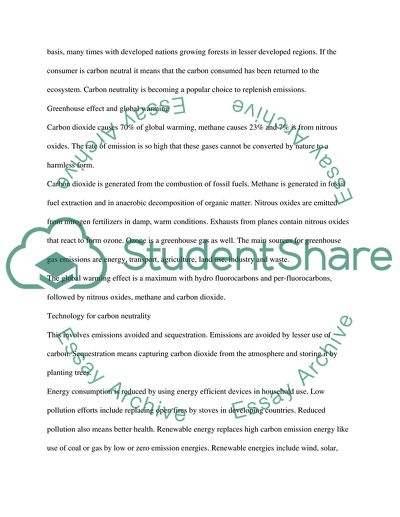Cite this document
(“Dissertation proposal feasability study, Domestic Carbon Essay”, n.d.)
Dissertation proposal feasability study, Domestic Carbon Essay. Retrieved from https://studentshare.org/miscellaneous/1546295-dissertation-proposal-feasability-study-domestic-carbon-neutrallitycost-analysis-and-appraisal-of-modernising-a-domestic-dwelling-to-carbon-neutrality
Dissertation proposal feasability study, Domestic Carbon Essay. Retrieved from https://studentshare.org/miscellaneous/1546295-dissertation-proposal-feasability-study-domestic-carbon-neutrallitycost-analysis-and-appraisal-of-modernising-a-domestic-dwelling-to-carbon-neutrality
(Dissertation Proposal Feasability Study, Domestic Carbon Essay)
Dissertation Proposal Feasability Study, Domestic Carbon Essay. https://studentshare.org/miscellaneous/1546295-dissertation-proposal-feasability-study-domestic-carbon-neutrallitycost-analysis-and-appraisal-of-modernising-a-domestic-dwelling-to-carbon-neutrality.
Dissertation Proposal Feasability Study, Domestic Carbon Essay. https://studentshare.org/miscellaneous/1546295-dissertation-proposal-feasability-study-domestic-carbon-neutrallitycost-analysis-and-appraisal-of-modernising-a-domestic-dwelling-to-carbon-neutrality.
“Dissertation Proposal Feasability Study, Domestic Carbon Essay”, n.d. https://studentshare.org/miscellaneous/1546295-dissertation-proposal-feasability-study-domestic-carbon-neutrallitycost-analysis-and-appraisal-of-modernising-a-domestic-dwelling-to-carbon-neutrality.


